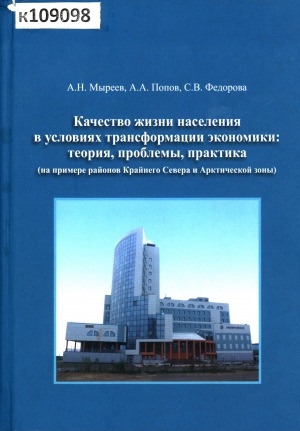В статье на основании полевых исследований авторов проанализированы основные параметры уровня и качества жизни, социального самочувствия традиционных северных сообществ на примере жителей с. Тас-Юрях Мирнинского района, с середины 1970-х гг. находящегося в эпицентре активного индустриального освоения месторождений алмазов, нефти и газа Западной Якутии. Оценивая современную социально-экономическую ситуацию в селе, авторы выявили как позитивные, так и негативные стороны влияния развития горнодобывающих отраслей на коренное население Российского Севера. Социологические данные исследования домохозяйств позволили определить особенности формирования и распределения доходов сельчан, их сопряженность с уровнем образования, составом семьи и занятостью. Подчеркивая в целом достаточно высокие степень технической оснащенности хозяйств и процент занятости, в т.ч. на производственных объектах добывающих компаний, коренных жителей с. Тас-Юрях, связанные с этим возможности их высокой мобильности, авторы тем не менее отмечают встречающиеся сложности и неоднозначной характер оценки их реальных доходов.
In the article, based on the field researches of the authors, the main parameters of the level and quality of life, social well-being of traditional Northern communities are analyzed on the example of the residents of village Tas-Yuiyakh, Yuryakh, Mimy area, since the mid-1970s, it was located at the epicenter of the active industrial development of diamonds, oil and gas in Western Yakutia. Assessing the current socio-economic situation in the village, the authors identified both positive and negative aspects of the impact of the development of mining industries on the indigenous population of the Russian North. Sociological data of household research allowed to define the features of the formation and distribution of income of villagers, their relationship with the level of education, family composition and employment. In general, a sufficiently high degree of technical equipment of farms and the percentage of employment, including at the production facilities of mining companies, indigenous residents of Tas-Yuiyakh, the associated opportunities for their high mobility, the authors, however, note the difficulties encountered and the ambiguous nature of the assessment of their real incomes.


